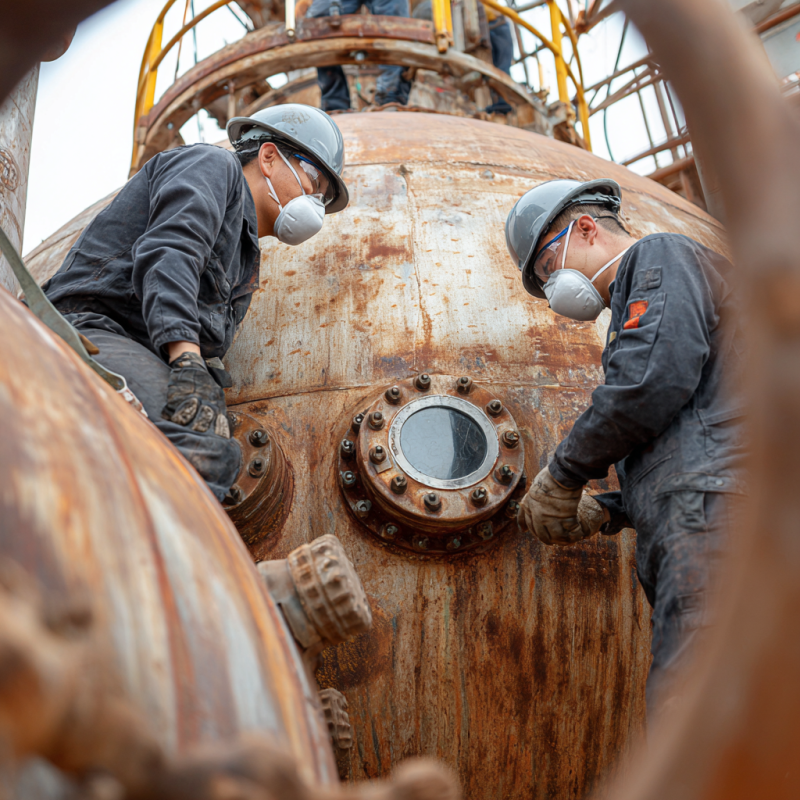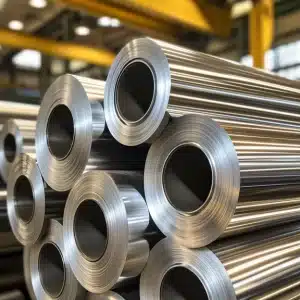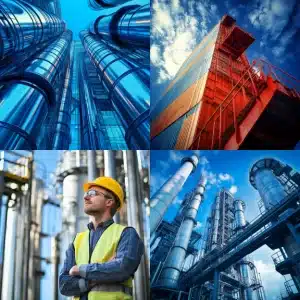
How Often Should Pressure Vessels Be Inspected : Complete Guide
Understanding How Often Should Pressure Vessels Be Inspected
If you find yourself wondering how often should pressure vessels be inspected, you’re asking a critical question that impacts safety, compliance, and cost control. Regular inspections help catch early warning signs of wear or damage, which is especially important in high-stakes industries such as energy production, agriculture, and chemical processing. According to Red River Solutions, a leader in contract manufacturing of ASME pressure vessels, staying on top of inspection schedules can not only avoid costly downtime but also lengthen the operational lifespan of your equipment.
How often should pressure vessels be inspected
Many local and international standards mandate periodic inspections. While annual checks are common, your specific schedule depends on the following:
- Type of vessel and its operating pressure.
- Environmental conditions (e.g., extreme temperatures).
- Industry regulations or code requirements.
In general, you might see external inspections recommended every 12 months (or more frequently if you operate under extreme conditions). Internal inspections could fall on a multi-year cycle, but they often require removing the vessel from service, so planning is essential. Some facilities choose to align these deeper inspections with major maintenance windows to minimize disruptions.
You’ll want to confirm these guidelines with your local regulating body, because codes can vary by region. If you are working with any ASME-certified vessel manufacturer, they’ll usually provide best-practice timelines based on your vessel’s design and usage.
Factors affecting inspection schedules
Inspection frequency is not one-size-fits-all. A few key variables influence how often your pressure vessels should be checked:
Design and materials
Pressure vessels built from specialized alloys or stainless steel might resist corrosion better than vessels made of standard carbon steel. That resistance often translates into longer intervals between thorough internal inspections. However, you should still schedule external checks regularly to catch any unexpected issues.
Working environment
High-humidity or corrosive environments require more frequent checks. If your facility handles chemicals known to weaken metal surfaces over time, you’ll likely want shorter intervals between inspections.
Operational intensity
The more pressure cycles a vessel undergoes or the higher the operating temperature—the harder the vessel works. Frequent or extreme usage can accelerate wear, meaning an annual inspection might be too infrequent.
Evolving regulations
Standards for pressure vessel manufacturing and inspection evolve as new technology and research emerge. Red River notes that prefabrication can help ensure higher quality control upfront. Even so, changes in industry codes might shift your inspection requirements over time.
Tips to simplify inspections
The inspection process can feel daunting but good news this is easier than it sounds when you plan ahead:
Integrate prefabrication
Prefabricated systems reduce on-site assembly and often come with built-in inspection points. If you are curious about how vessels are constructed off-site, check out “pressure vessel fabrication” for more insights.
Combine maintenance tasks
Align your inspections with other scheduled maintenance. This approach saves time, reduces downtime, and helps you get a complete picture of your system’s health in one go.
Work with certified partners
Partnering with ASME pressure vessel manufacturers ensures you have up-to-date documentation and installation guidelines. Collaboration with experts who follow ASME standards can streamline both the inspection and repair process.
Embrace a digital maintenance log
Track inspection history, part replacements, and any anomalies. A digital log helps you forecast future checks and prevents missed deadlines.
Stay engaged with safety improvements
Red River emphasizes continuous improvement and a safe work culture. Encourage your team to report any anomalies immediately. Early detection can save you a headache later.
How Often Should Pressure Vessels Be Inspected for Safety
At the end of the day, the optimal inspection schedule varies for each operation. Industry codes typically suggest an annual external check, plus a more in-depth review on a multi-year basis. By pairing these guidelines with your vessel’s design specifications and usage patterns, you ensure that you stay compliant and minimize costly surprises. Regular communication with reliable manufacturing and maintenance partners supports a proactive approach that protects your team’s safety and keeps your production running smoothly. Knowing how often should pressure vessels be inspected also helps organizations plan maintenance budgets, reduce downtime, and extend the overall lifespan of equipment.
Partner With Experts to Schedule Your Pressure Vessel Inspections Today
Don’t risk compliance issues or safety hazards. Work with trusted, ASME-certified professionals who know exactly how often pressure vessels should be inspected to match your industry’s needs.
Contact Red River now to protect your operations and extend your equipment’s life.
Frequently Asked Questions
1. What is pressure vessel manufacturing inspection?
It is the process of verifying that a pressure vessel is designed, fabricated, and tested according to safety and quality standards like ASME codes. Inspectors check materials, welds, and pressure tests to ensure the vessel can safely handle its intended operating conditions.
2. How do you inspect a pressure vessel?
While a basic external check can be done in-house, internal inspections typically require specialized training and equipment. Consider working with pressure vessel manufacturing inspection experts for a thorough review.
3. What is an ASME pressure vessel?
An ASME pressure vessel is one that has been designed, built, and tested in compliance with ASME code. These vessels meet rigorous safety and performance requirements, making them widely accepted across industries.
4. What are ASME pressure vessel manufacturers?
They are companies certified by the American Society of Mechanical Engineers (ASME) to design and build vessels that meet ASME Boiler and Pressure Vessel Code standards. Working with them ensures compliance, quality, and easier inspections.
5. What is a stainless steel pressure vessel?
It is a vessel made from stainless steel, which provides high resistance to corrosion, extreme temperatures, and chemicals. Stainless steel vessels often require less frequent maintenance compared to carbon steel options.
6. What materials are used in pressure vessel fabrication?
Common materials include carbon steel, stainless steel, and specialized alloys. The choice depends on the vessel’s operating pressure, temperature, and the type of substances it will store or process.
Key takeaway
- Annual external checks are common but might need adjustment for harsh conditions.
- Internal inspections often occur every few years, depending on usage.
- Certified partners, especially ASME-approved manufacturers, streamline compliance.
- A well-maintained digital log reduces guesswork and helps you stay on schedule.
- Prefabricated vessels cut back on inspection time and potential on-site risks.
Related Blog Post

Marine-Grade vs Standard Stainless Steel

Pros and Cons of Vertical Integration

How to Dry Desiccant Properly and Regain Its Effectiveness

Why Do Gas Turbines Need Fuel Water Separator Vessels, Red River

